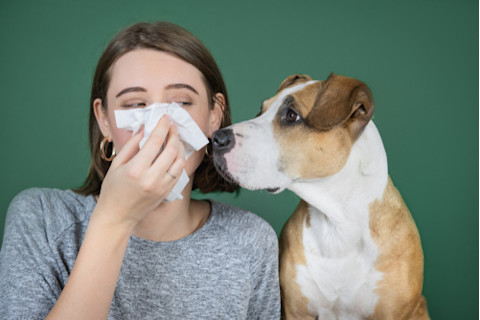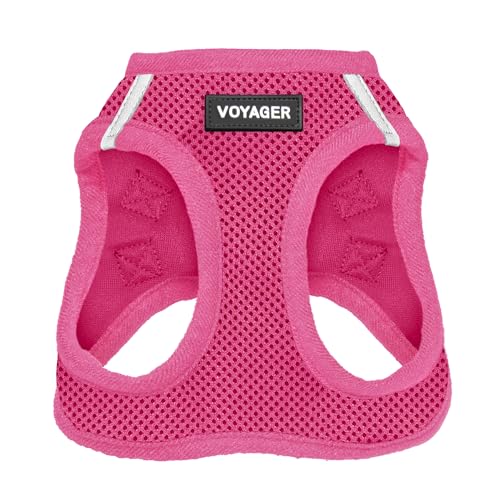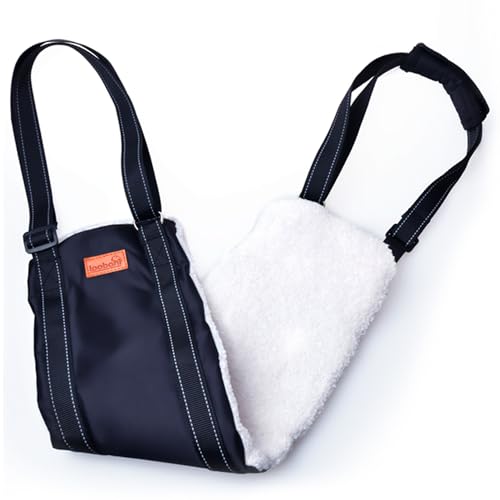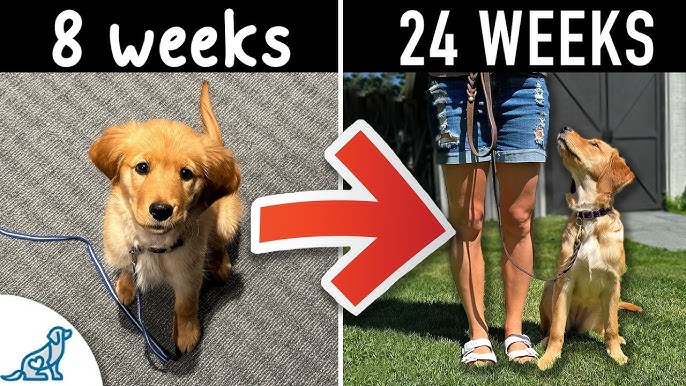Are you thinking about getting a dog but worried about allergies? You’ve probably heard that hypoallergenic dogs are the safe choice for people with sensitivities.
But can you really avoid allergies by choosing these breeds? Understanding how allergies work and what “hypoallergenic” really means can save you from unexpected sneezes and itching. Keep reading to find out if hypoallergenic dogs are truly allergy-free and what you need to know before bringing one home.
What Makes A Dog Hypoallergenic
Some people are allergic to dogs. These allergies come from proteins in dog skin, saliva, and urine. Hypoallergenic dogs produce fewer allergens.
These dogs may cause less allergic reaction. But no dog is fully allergy-free. Understanding what makes a dog hypoallergenic helps allergy sufferers.
Common Hypoallergenic Breeds
Some dog breeds shed less and have fewer allergens. People with allergies often choose these breeds. These dogs may be better for sensitive people.
- Poodle
- Bichon Frise
- Schnauzer
- Portuguese Water Dog
- Shih Tzu
- Maltese
- Yorkshire Terrier
Each breed has unique traits that reduce allergens. These dogs often have curly or tight hair that traps dander.
Traits That Reduce Allergens
Hypoallergenic dogs share traits that lower allergen spread. These traits help reduce allergic reactions for many people.
- Low shedding coats that keep hair and dander inside
- Hair that grows continuously, like human hair
- Oily or dense fur that traps allergens
- Smaller size, which means less skin and dander
- Regular grooming needs to remove loose hair
Regular cleaning and grooming also reduce allergens. Even hypoallergenic dogs need care to keep allergens low.
Sources Of Allergens In Dogs
Many people wonder if hypoallergenic dogs cause allergies. Allergies come from proteins dogs produce. These proteins are found in different parts of a dog’s body.
Understanding where allergens come from helps manage reactions better. Not all dogs produce the same amount of allergens.
Dander And Saliva
Dander is tiny skin flakes that dogs shed. It carries proteins that can cause allergies. Saliva also has proteins that trigger allergic reactions.
When dogs lick their fur, saliva dries and becomes part of the dander. This mix spreads allergens around the home easily.
- Dander floats in the air and sticks to surfaces
- Saliva proteins transfer when dogs lick themselves or objects
- Both dander and saliva can cause sneezing, itching, and watery eyes
Hair And Fur Shedding
Shedding hair carries dander and dried saliva. Even hypoallergenic dogs shed some fur. The difference is that they usually shed less.
Less shedding means fewer allergens spread in the home. However, hair still traps allergens and can cause reactions.
- Hair collects dander and saliva proteins
- Shedding spreads allergens on floors and furniture
- Regular cleaning helps reduce allergen buildup
Why Allergies Still Occur
Many people believe hypoallergenic dogs do not cause allergies. Some still get allergic reactions around these dogs. Understanding why allergies happen helps manage symptoms better.
Hypoallergenic dogs produce fewer allergens but do not stop them completely. Allergies depend on more than just the dog breed.
Individual Sensitivities
Every person’s body reacts differently to allergens. Some may be very sensitive to small amounts. Others may not show any symptoms.
Allergy severity depends on the immune system’s response. Even hypoallergenic dogs shed proteins that cause allergies. People with strong sensitivities can still react.
Environmental Factors
Allergy symptoms can worsen due to the environment. Dust, pollen, and mold can mix with dog allergens. This makes it hard to tell what causes the reaction.
Indoor air quality and cleanliness also affect allergies. Poor ventilation or dirty spaces increase allergen buildup. Regular cleaning helps reduce allergens in the home.
- Dust and pollen add to allergen levels
- Mold can trigger or worsen allergies
- Cleaning reduces allergen buildup
- Good ventilation improves air quality
Credit: www.theglobeandmail.com
Managing Allergies With Hypoallergenic Dogs
Hypoallergenic dogs may cause fewer allergy problems. They shed less dander, which often triggers allergies.
Even hypoallergenic dogs can cause some allergies. Managing your home and pet helps reduce symptoms.
Cleaning And Grooming Tips
Keep your dog clean to lower allergens in your home. Regular baths remove dander and loose hair.
Brush your dog often to stop hair and dander from spreading. Use a brush suited for your dog’s coat type.
- Wash your dog’s bedding weekly
- Vacuum floors and furniture regularly
- Use a damp cloth to wipe surfaces
- Keep your dog out of bedrooms
Using Air Filters And Other Tools
Air filters can capture allergens in the air. Use a HEPA filter in rooms where your dog spends time.
Other tools help control allergens. Dehumidifiers reduce moisture that helps allergens grow.
- Run HEPA air purifiers daily
- Clean or replace filters often
- Use a vacuum with a HEPA filter
- Keep windows closed on high pollen days
Alternatives To Hypoallergenic Dogs
Not everyone can live with a hypoallergenic dog. Some people still get allergies from them. You can try other pets or allergy solutions.
These options may help people who want pets but have allergy problems.
Other Pets With Low Allergen Risks
Some pets create fewer allergens than dogs. Small animals like fish or reptiles do not cause allergies.
Birds and certain rodents also tend to cause fewer allergy problems for many people.
- Fish – no fur or dander
- Reptiles – no hair or dander
- Birds – feathers cause less allergy than fur
- Hamsters and gerbils – less dander than dogs
- Guinea pigs – can cause allergies but less than dogs
Non-pet Allergy Solutions
Allergy medicines can reduce symptoms. You can use antihistamines or nasal sprays to feel better.
Cleaning your home often helps remove allergens. Using air purifiers can also lower allergy triggers.
- Take allergy medicine as directed
- Wash hands after touching pets
- Vacuum with HEPA filters regularly
- Use air purifiers in living areas
- Keep pets out of bedrooms

Credit: www.discovermagazine.com

Credit: www.discovermagazine.com
Frequently Asked Questions
Are Hypoallergenic Dogs Completely Allergy-free?
No, hypoallergenic dogs are not completely allergy-free. They produce fewer allergens than other breeds. People with allergies may still react to them. It’s essential to spend time with a hypoallergenic dog before committing to ensure you don’t experience allergic reactions.
How Do Hypoallergenic Dogs Reduce Allergies?
Hypoallergenic dogs produce fewer allergens, especially in their dander, saliva, and urine. Their coats may shed less, which reduces the spread of allergens in the environment. This makes them more suitable for allergy sufferers compared to other dog breeds.
What Breeds Are Considered Hypoallergenic?
Breeds like Poodles, Bichon Frises, and Portuguese Water Dogs are often considered hypoallergenic. These breeds typically shed less and produce fewer allergens. However, individual reactions can vary, so it’s important to test your own sensitivity.
Can Grooming Help Reduce Dog Allergies?
Yes, regular grooming can help reduce dog allergies. Bathing and brushing your dog frequently removes dander and loose hair. This minimizes the allergens present in your home environment. Consider professional grooming for optimal results.
Conclusion
Hypoallergenic dogs can reduce allergy risks but do not fully prevent them. Allergies come from proteins in dog dander, saliva, and urine. Some people may still react to these proteins. Choosing a hypoallergenic dog helps but does not guarantee no allergies.
Regular cleaning and grooming lower allergen levels in the home. Spending time with a dog before adopting can test allergy reactions. Understanding your allergies helps make the best pet choice. Enjoying a dog is possible with the right care and knowledge.







